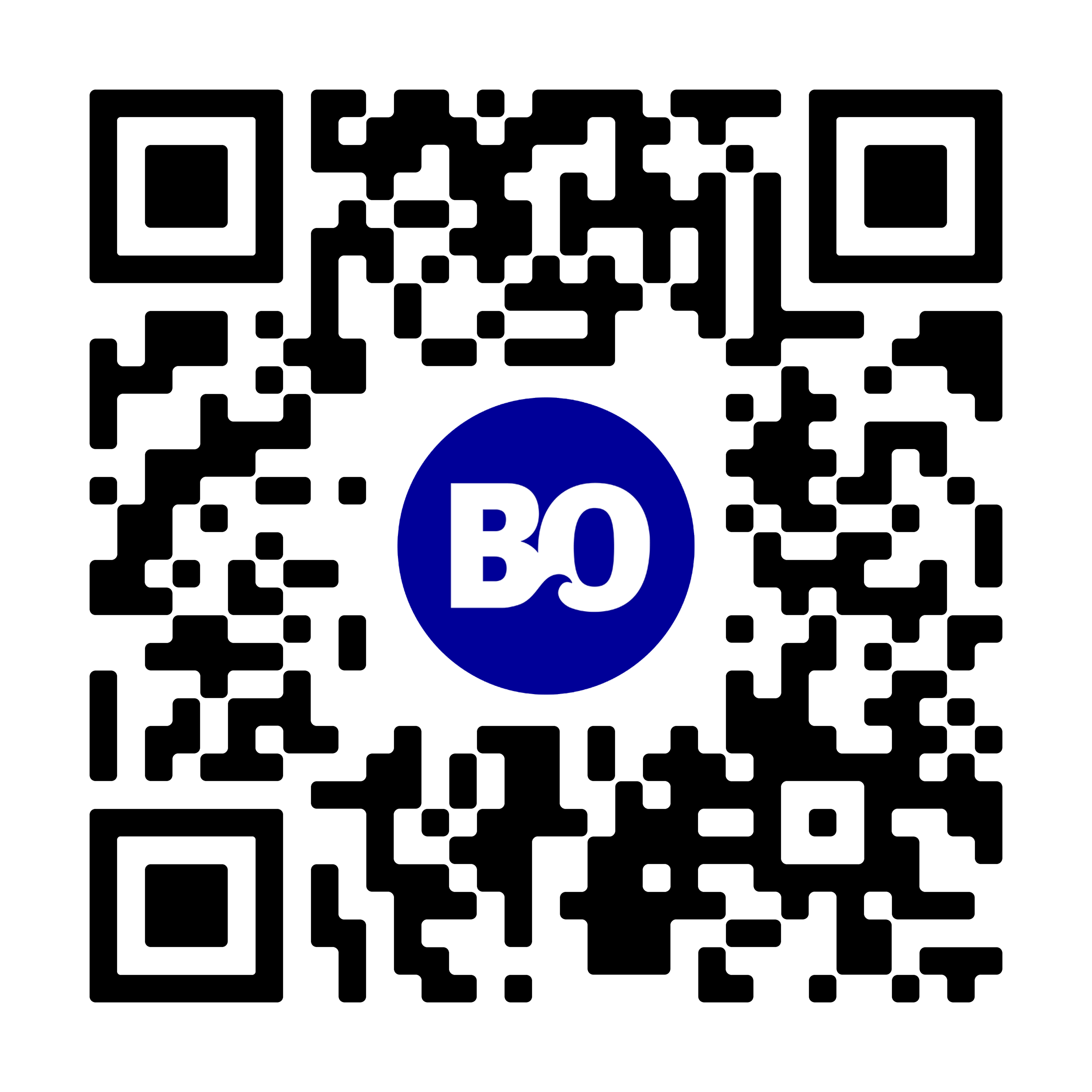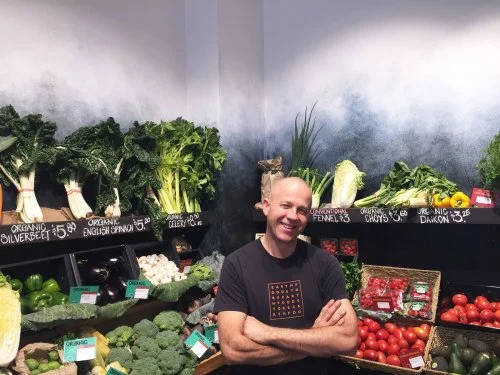Bondi Local | Adrian Newstead OAM
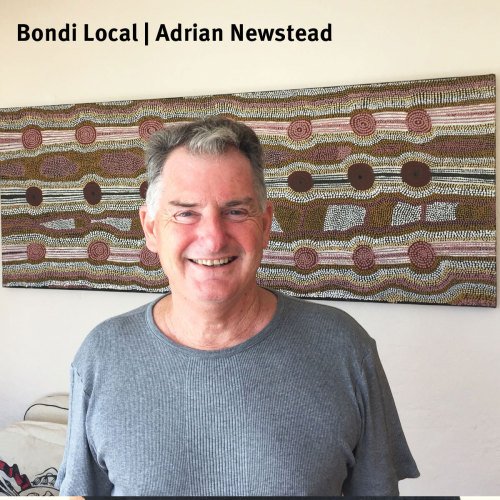

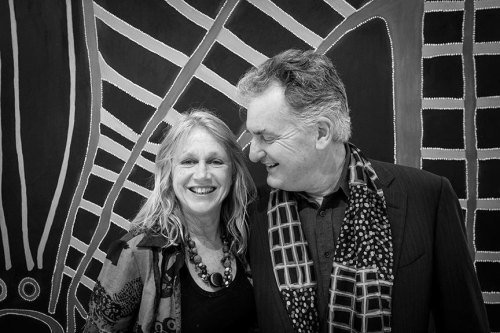
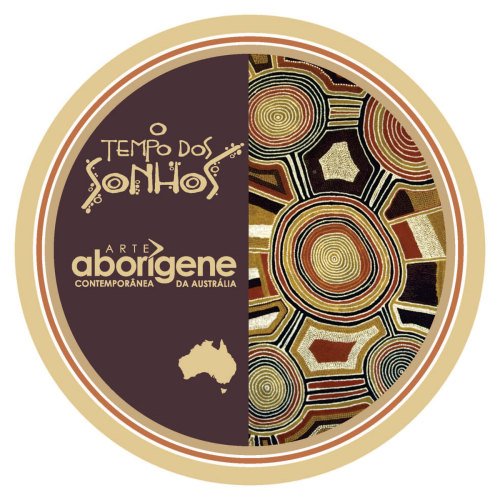
Bondi Local | Adrian Newstead OAM
Melanie met up with Adrian at his office at the Cooee Gallery on Lamrock Avenue recently to talk about his life in Bondi and other things.
———————
Adrian. Thank you very much for participating in the Bondi Fresh Daily project.
Can we get a little bit of your background. How did you come to be sitting in this place at this time?
Well, I was born in the Eastern Suburbs. I grew up in Bellevue Hill. I went to Scot’s College. I went to Sydney University. I studied Agricultural Science. And then I almost immediately went travelling overseas for 8 years. Travelling around Asia …
I had no idea how long I was going away for. I knew that as soon as I finished university I wanted to go overseas and I was quite determined to travel. Many of my friends had done the overland route to Europe and so did I. I went through, Asia, Indonesia, I spent a year in India and eventually I ended up in London. I got a job in the North Country in a bakery. Then eventually decided I was tired of travel. I needed somewhere to stay and I didn’t want to stay in England. So like all good Jewish boys I went to Israel, to a Kibbutz. And I ended up staying there for 2 years and ended up being in charge of all the work programmes in a very large kibbutz, for all the volunteers.
Eventually I came back to Australia. My first marriage was in ruins and we decided to give it one last chance.
Were you married overseas?
No I was married in Australia before I left and we spent almost our entire married life travelling together.
Like most, quote, unquote, creative people who experience cultures in many different countries, you eventually come to the conclusion that if you’re ever going to do anything really creative yourself you are going to have to stay in one place for a fairly long period of time. So I came back to Australia and tried to make my first marriage work but we decided to split up.
In the process I opened a restaurant up in the Blue Mountains.
Which one is that?
It’s called the Bay Tree Tea Shop in Mount Victoria.
As I was running that it was very successful and at the time I made a lot of friends like Michael Manners and many other people like Jenny Kee.
What was your experience in food that you can open a restaurant? Was it the bakery where you worked in the north of England?
Well I did bake all the bread but otherwise my experience in food was zero. Other than the fact that my mother was a very creative cook and was always trying new dishes on us.
My tea shop in Mount Victoria specialised in cakes and plowman’s lunches and things like that. It wasn’t overly complex cooking but it was very popular. And that sort of thing that I could’ve franchised. I had a gallery attached to it because at the time I used to paint with batik. I studied batik making in Indonesia and so I used to make paintings using batik methods that I exhibited along with other artists from the Blue Mountains. So that was my first attempt in having a gallery.
And then eventually I sold it [the tea shop] and did a little bit more travelling overseas before settling down in Sydney, where I worked as a guide for the Sydney Opera House. At the time I was trying to put together this concept of an Australiana store together. The idea being, and this is the precursor to my Aboriginal art gallery, I wanted to have a shop where everything was handmade and reflected the Australian environment in some way through craft. So we commissioned artists to do screenprinted fabrics.
We travelled the country to the crafts council in every state looking for ceramics, glass and anything that was in design and a unique reflection of the Australian environment. And all handmade. We didn’t want anything made in China or Japan or whatever. And of course Aboriginal art was a part of that.
It was called Cooee Emporium. It was on Oxford Street in Paddington. And we worked with Bruce Gould before he became part of Mambo. We were the first people, (Remo take note!) to do hand printed art T Shirts in Australia. We had many artists who we commissioned to do handprinted designs on T Shirts that we sold in the Paddington Markets that later sold through our shop. And we worked with the Fitzpatrick sisters among many others. We had the first screen printing workshops in Sydney to do fabric by the length. We worked with everybody from Linda Jackson to Deborah Leser.
Did you know Anne at this point?
I didn’t at first. Very shortly after I opened the shop that I opened with another woman. A woman called Louise Ferrier. Who had very good contacts in Sydney. She had been Richard Neville’s girlfriend through the Oz obscenity trials in London and that whole thing. She was very, very well connected and when I came back I had a relationship with her, we started Cooee together and we got an enormous amount of publicity. We were very, very well-known. And we were the first new shop in that area that I call Paddinghurst, you know that no man’s land between Paddington and Darlinghurst. I became the president of the Chamber of Commerce there and we started all the streetscape improvements, the first main street programme of Australia to refurbish all the shopfronts, sidewalks and sculptures.
What year are we talking about?
We’re talking about the end of the 70s and the beginning of the 80s. By about 1985 Cooee had kind of morphed. It became more and more about Aboriginal art as I became more and more interested. I met a fellow who was Aboriginal who was Charlie Perkins’s right-hand man in the department of Aboriginal affairs in Canberra. They had grown up together; Joe Croft was his name. He became my business partner and I started to work more and more with Aboriginal people. So through Joe I met everybody like Justine Saunders, Bob Maza, Lillian Crombie, all the Aboriginal actors and activists so that was very interesting. Slowly through the 80s Cooee Emporium became Cooee Aboriginal Art. I also met an old elder called Ted Thomas from the south coast of New South Wales, and he encouraged to me and I worked with him putting on events around Australia. He acted as a bridge between white and black culture. We helped him travel the world about 10 times without a penny in his pocket! He addressed the United Nations.
And so there I was, I was living in – well I live in the house that I found in the early 80s at the time that I started Cooee Emporium. As luck would have it, the house that I bought for $140,000 became worth more than a million dollars and I was able to use it as the collateral to expand my business. If I hadn’t had my house in Bondi there’s no way in a million years I could’ve expanded my business and bought into more and more art and borrowed more money. It was the collateral for everything.
Right through the 90s I was spending a significant part of each year travelling to outback Australia. I was working directly with the artists, particularly in communities that didn’t have art centres and working very hard to diversify the products that Aboriginal people made. We had, at that time, an idea that perhaps we could have, for want of a better description, an Aboriginal concept shop, where everything was made by Aboriginal people, from jewellery, to artefacts, to clothing, to everything. So we started working with the Tiwi people who were screenprinting fabrics and we helped them build their business from a $30,000 turnover to $300,000 within a couple of years and then it went from there.
And then in 2003 I was approached by Australia’s largest art auction house, Deutscher Menzies. They asked if I would organise auctions for them and be their Aboriginal art specialist. So I thought, “oh yeah I’ll give that a go.” So I signed a contract to do a sale for $1 million and when it actually took $2 million they suddenly turned round and presented me with a contract about 2 inches thick and said “let’s do three more, and lets make them bigger and bigger and bigger!”. I said I would never work for them, that I would do individual contracts and I’d bring my team and that’s what I did. And so I was never an employee. I earned a percentage of the profit which became very considerable as we went on. By 2007 we were selling over $10 million dollars worth of Aboriginal art a year. And then suddenly the GFC hit.
Was all that interest from Australia or was it more international?
Yes, a lot of it was from overseas, but it was Australia as well. I don’t know what happened, in the period 2003 to 2007, the period we like to think of as the great international art bubble. It happened internationally, it happened here, both Sotheby’s and Christies were taking over $5 billion a year. In Australia the secondary market at art jumped in a year from $104 million $175 million. And Aboriginal art jumped from $12 million to $26 million.
So in this bubble, somehow, art went from being something one bought because one loved it, to becoming an investment opportunity. It was overseas people, it was Australians, they all caught the bug. They were all into thinking they could make a sudden fortune out of art without even knowing anything about what they were buying. And that was fine until it hit a brick wall.
The GFC came along and within a year Aboriginal art went from $26 million to 12 to 8, to 6 To 5 million. And it’s currently been languishing around 5 to 8 million ever since. So all those people who bought all that art at top dollar between 2003 and 2007 could never get the sort of money they paid for it in an overheated market. And even today we’re paying the consequences of that. By the end of this year everybody who ever bought art in their superannuation will have to have got ridden of it out of their super funds. So it’s all being dumped back into the market at a great deal less than people paid for it.
I decided when the GFC hit that even though I was offered a contract to continue working with the Menzies group I didn’t want to do it any more, so I came back to my gallery which in about 2003 I had relocated to this Bondi address.
Well I always had this house and, as you know Melanie, it’s a big house. When we first bought it in 1983 the first thing we did was make a separate entrance to the upstairs. We rented out the three bedroom apartment to help us pay off the house. And we had many many people living upstairs over the years.
We eventually we decided we wanted our house back. And why should we be paying $3,000 a week rent on our Oxford Street gallery when were only making about $450 a week here for that three bedroom apartment? So we decided to renovate the house again, and this time instead of dividing the house upstairs and downstairs, we divided the house north to south. We put in a new entrance on Lamrock Avenue and we put in a lovely glass staircase up to the second floor but all on the south side.
So our home is on the north side with the north facing sun in the garden and the gallery is on the south side. And then we started to concentrate on building up the gallery again. Of course, I might say, that I always ran an art consultancy from my home here, right from the very beginning. And in fact when I rented the house, it’s a funny zone here, it’s supposed to be residential, but actually our corner was always zoned as professional consulting rooms. So we’ve always just run the art consultancy out of here and now it’s the gallery.
To go back a little, why did you buy in Bondi originally? Obviously it turned out really well, but what bought you here in the first place?
Well I grew up in the eastern suburbs and I was down at Bondi Beach sunbathing when I was in my preteens. So it was always my stamping ground. And I can remember the old Astra being a movie theatre and swapping comics out the front there when we were kids. We used to have comic swap days.
When my grandmother emigrated from England when she was 87 years of age she lived in the old Astra. So this was always my stamping ground, around Bondi and the Eastern suburbs. And when I came back to Sydney after living in the Blue Mountains I rented a house across the road from here, number 38 Lamrock Avenue. When I got married I was living there. My wife, Anne, owned a house in glebe, and when we married she sold that house and we were renting the place across the road and looking for a place to buy.
And we saw this place over the road that was a big two story, old boarding house, and we thought we’d never be able to afford that. But one day we went over and said “well, what’s the story with this?” And the real estate agent told us that it was deceased estate, and they had tried to sell it for $220,000 but it got passed in. And then they tried to sell it for $175,000 and it got passed in again. He said they had had an offer for $140,000 and I said “maybe I should offer $145,000” and he said “141 will do!” Suddenly we owned a huge two story house! Two or three blocks back from the beach! We won the lottery and ever since then I’ve never bought a lottery ticket.
I’m feeling sorry for the person who passed it in a $220,000!
I suppose it’s the times.
Well, it was still Bondi cigars and all that. The new sewerage outfall haven’t been done yet.
That’s right and, you know, at that stage the Astra was a pub, there was a lot of gang warfare there, people had been shot on the sidewalk.
I wonder if some of your old Scots buddies were thinking, poor Adrian and Anne!
The truth is we had a party when we first bought the house and we invited all our friends over, and they said “what are you going to do with this place?” And we said we were going to turn the upstairs into an apartment and rent it out. And they said “well how much gonna get for that?” And we said “about $175 a week.” And they said “you’ve got to be joking!” Well the first tenants we put in the paying $300 dollars a week! Can you imagine?
What are you excited about at the moment?
Do you know, I’ve reached a funny stage in my life. I’ve always realised how incredibly fortunate I am. Right from the get go. I really have had a blessed life living here in Bondi. And I love every little bit of it, waking up first thing in the morning, straightaway going down to the icebergs for a swim and having a coffee down there at the Crabbe Hole and coming back.
I don’t have to commute, I just walk from my lounge room into my office at 10 o’clock in the morning. That whole quality-of-life, you know, I couldn’t want for anything more.
And we have a beautiful place up behind Mullimbimby Valley that we’ve spent the last 20 years reforesting. Growing thousands of trees and bringing back to natural rainforest and every sort of fruit tree imaginable.
We do a lot of travelling; we have clients all over the world who we visit and sell them beautiful works of art. We have a show currently travelling around Brazil which will go, in another year or two, to North America. And we’re working on other international projects.
I’m excited that I have an employee who wants to take over my business because I’m nearly seventy and it’s a business that I’ve nurtured and built up over nearly 40 years. So to think it might still be going in another 40 years time is a wonderful thing and she is as enthusiastic and excited as I was for all those years.
All those things, in just the normal course of life, I’m very excited about. If you ask me is there anything on the horizon that’s really got my juices flowing and got me excited about the decade coming, I’d have to say no. I’m in a funny position in that regard. Obviously in the last few years it’s come home to me in spades how we can’t really take our health for granted, that although we have a most wonderful life, there’s a limited number of summers left. You can hope that you’re going to be healthy and happy and mobile enough to travel and enjoy the fruits of life through your 70s but then as you get into your 80s it’s a zero sum game. I look at my mother and I think how different the quality of life was between 80 and now she’s in her early 90s. Her mobility is utterly compromised.
I’m very wary about taking on new major projects, anything that’s going to commit me for long periods of time. If you do have great freedom, personally, I’m reluctant to compromise that freedom by committing to anything too big.
Out of the blue and completely by surprise I was honoured by getting an Order of Australia. I never imagined in my wildest dreams that something like that would happen. But in a funny sort of way it gave me a sense of completion, that what I’d set out to do with Aboriginal art, I almost feel like I can handover the baton, that I’ve done my bit.
You know it’s been very difficult, as a commercial operator, to win the respect for the things you’ve done that’s normally afforded to people who are working in institutions etc. They’re often casting pejorative aspersions at people in the commercial sphere. The fact that I’ve managed to get through that …
I guess because it’s born of genuine interest and love for what you do. And I think that’s different to someone who just comes in and thinks they can make a quick buck. I think that’s what has been recognised.
It was never about making a buck. What a privilege to be a part of the emergence of Aboriginal art from being a sort of ethnographic curiosity two being considered to be important contemporary art.
The last 30 years will be looked back on in 100 years time as having been a unique window in the history of Australian art. We don’t know if aboriginal culture is going to survive in the form we know it today or whatever. We don’t whether aboriginal art as an entity will remain distinct from Australian contemporary art. But what we know it is over the last 30, 40 years something unique has happened so that every art institution in Australia and many overseas have dedicated galleries to Aboriginal art.
In 100 years those galleries will be there and be thought of as more and more extraordinary because they are the artistic expression of the last nomadic people in the world and they are mainly made by people who grew up prior to first contact with white people. So that stands as a unique body of work and we were intimately involved in putting that unique body of work together and encouraging and assisting in that. So that was a really fascinating period to be involved in.
And I wrote a book about it [The Dealer is the Devil]. And how many people get to work their whole life in a particular area of interest but never really get the opportunity to document it. So this is another reason I don’t know what I feel about the future because I’ve actually documented what it is that I’ve done, and there’s the book, it’s done.
One last question, do you have a motto for life?
Oh gosh, well I’ve got a few of them. Let me think. “Indulge in your interest and out of it will come your vocation.” That’s something I would advise any young person.
Old Ted Thomas used to say: “everyday you should wake up and thank the Great Spirit for the beautiful day first thing in the morning and every night you should go to bed and thank the Great Spirit for the beautiful day.”
I think that’s a perfect way to say goodbye. Thank you.
________________________
Full interview on SoundCloud below or HERE
